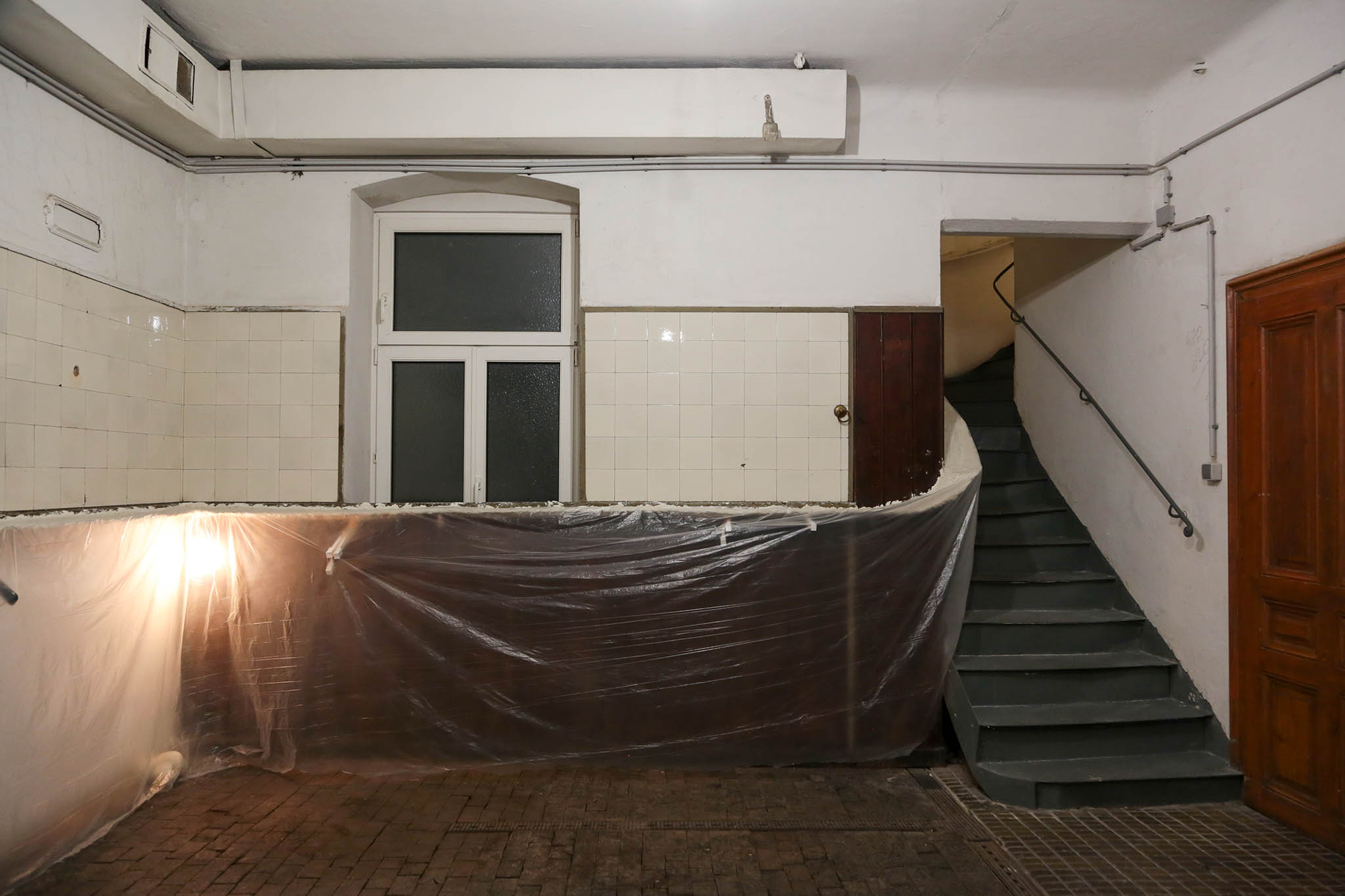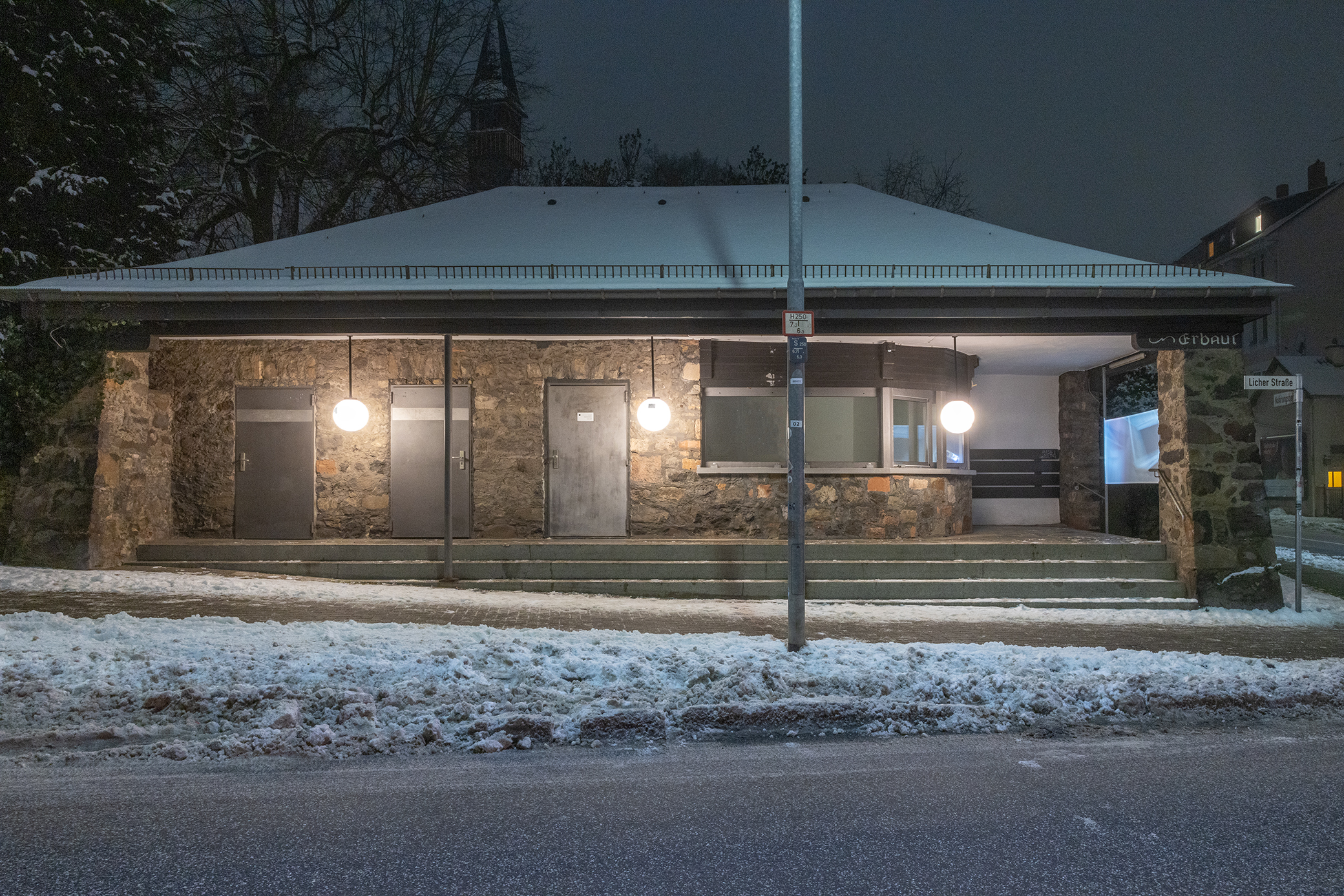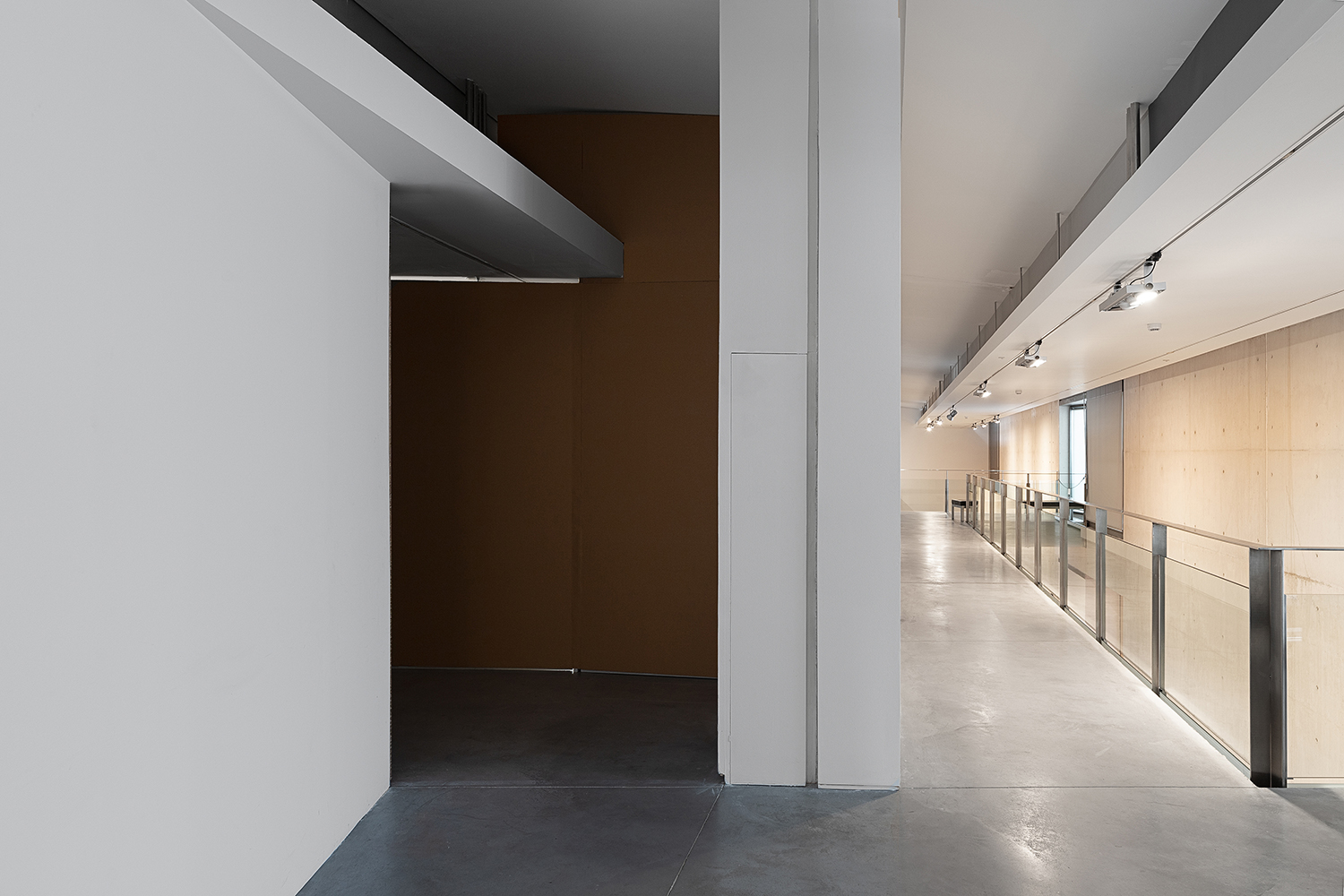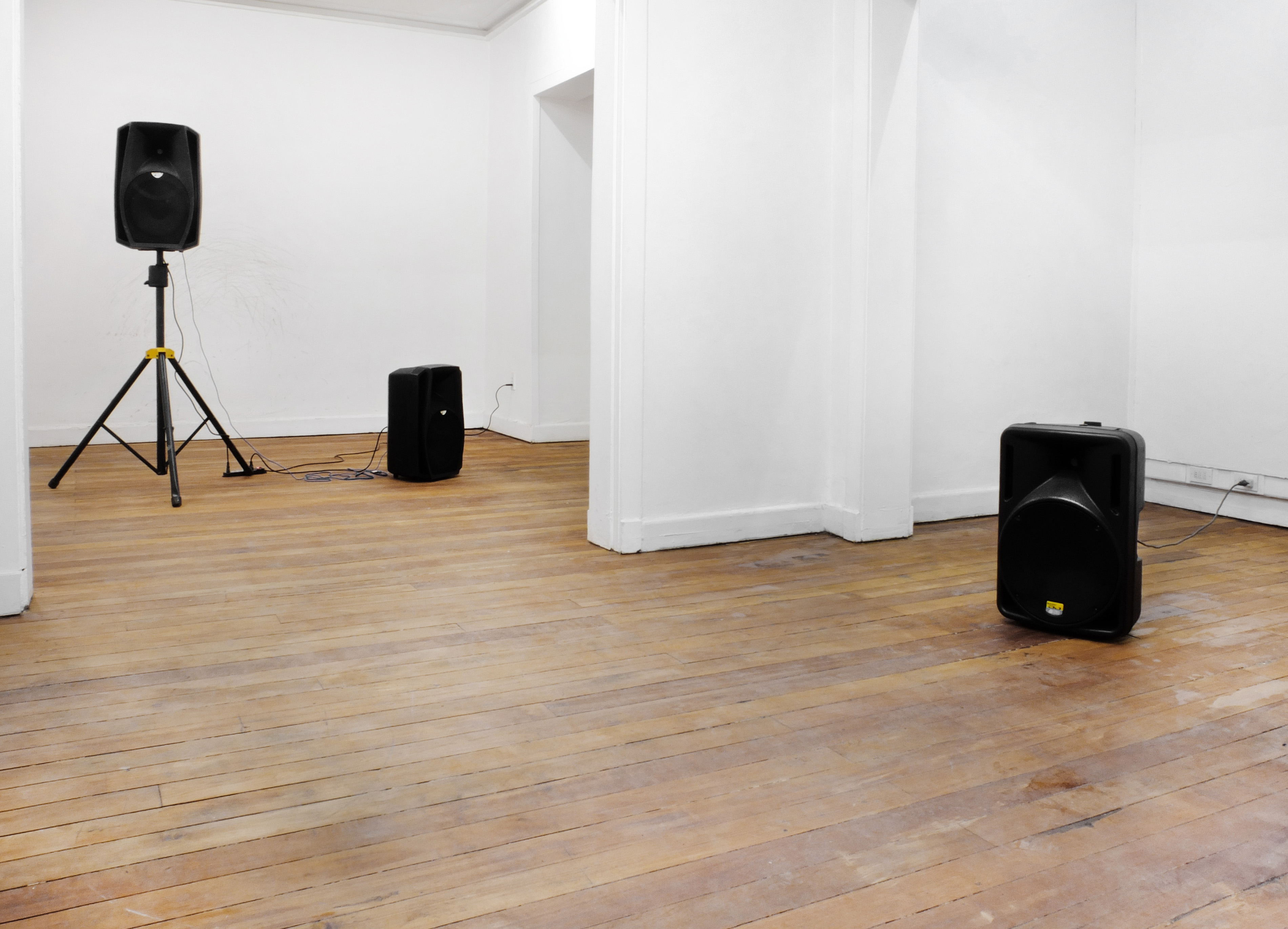SELECTION OF EXHIBITIONS & PROJECTS (TO BE UPDATED)




— what if you enter a space
— what if you exit
— and re-enter
— what if up and down fold into one surface
— your shoe is broken
— your shoelace is loose
— undone
— what if you enter a space, and stay
— your walls are falling apart
— crumbling
— what if you scrape the loose plaster with your finger
— what if it gathers tight beneath your nail, hurting a little
— what if the paint is still wet
— dripping
— what if you leave fingerprints everywhere
— staining
— tracing
— what if you point out key moments
[Read more]
— what if you exit
— and re-enter
— what if up and down fold into one surface
— your shoe is broken
— your shoelace is loose
— undone
— what if you enter a space, and stay
— your walls are falling apart
— crumbling
— what if you scrape the loose plaster with your finger
— what if it gathers tight beneath your nail, hurting a little
— what if the paint is still wet
— dripping
— what if you leave fingerprints everywhere
— staining
— tracing
— what if you point out key moments
[Read more]






014.
Solo exhibition at Kestner Gesellschaft
Hannover, Germany
Curated by Alexander Wilmschen
Assistant curator, Emilia Radmacher
Full documentation and info
“thereafter”
2025Solo exhibition at Kestner Gesellschaft
Hannover, Germany
Curated by Alexander Wilmschen
Assistant curator, Emilia Radmacher
Full documentation and info
In thereafter, Ian Waelder connects the façade, atrium, and arcade hall of the Kestner Gesellschaft for the first time to form a spatial narrative between inside and outside, past and present. His works begin at the edges of the rememberable: familial traces, biographical fractures, everyday remnants – not as evidence, but as fragile carriers of a story that resists linear narration.
At the center of Waelder’s solo exhibition stands a labyrinthine structure made of cardboard, evoking the image of a packed moving box. The offset entrance of the arcaded hall diverts the gaze away from clear paths. Inside, sculptures, newspaper collages, a piano melody, and the materiality of cardboard and light condense into a dense assemblage—including a newspaper article covered with oats and traces of butter with the headline “Erbarmen” (“Mercy”), a deformed shoe last with a porcelain-like nose titled (...)
[Read more]
At the center of Waelder’s solo exhibition stands a labyrinthine structure made of cardboard, evoking the image of a packed moving box. The offset entrance of the arcaded hall diverts the gaze away from clear paths. Inside, sculptures, newspaper collages, a piano melody, and the materiality of cardboard and light condense into a dense assemblage—including a newspaper article covered with oats and traces of butter with the headline “Erbarmen” (“Mercy”), a deformed shoe last with a porcelain-like nose titled (...)
[Read more]



012.
Solo exhibition at carlier | gebauer
Berlin, Germany
Text by Chus Martínez
Full documentation and info
“cadence”
2025Solo exhibition at carlier | gebauer
Berlin, Germany
Text by Chus Martínez
Full documentation and info
(...) There is a veritable cascade of books in which only the grandparents speak, but in most cases the authors only use their presence, their lives, to enhance their own. We are little vampires of the past. I felt in love with the writing of Milan Kundera because he described, like no one else, the Western ways of capitalizing eternity.
I think you all will relate to the work of Ian Waelder. In a very steady way, he has been affirming his artistic practice –mostly developing installations, sculptures, sound and films—as the embodiment of a site to remember. Before entering the work of perhaps now, after having been there, think about it as a “site” not as a sculpture and not as an installation. A site is a place as seen through our mind. Here the site Ian Waelder has produced is a three-dimensional logical place defined by the intervention in the space and the sculptures that we encounter there (...)
[Read more]






011.
Solo exhibition at Super Super Markt
Berlin, Germany
Text by Esmeralda Gómez Galera
Full documentation and info
“Here Not Today”
2024Solo exhibition at Super Super Markt
Berlin, Germany
Text by Esmeralda Gómez Galera
Full documentation and info
(...) In the exhibition, this series is displayed on a cardboard architecture that turns the gallery into a narrow space, like a corridor that recreates an intimate environment, partially blocking the window light and leading us to a frontal encounter with the painting Refraction (Hand in diminuendo) (2024). This architecture, along with the contrast in size between the works, makes us aware of the necessary distance to approach and read them. While the linen work demands distance and the image reveals itself better the further away one goes from it, the smaller works on paper demand, in the artist’s words, “that you get closer and closer, almost until your nose touches the glass”.
However, the process and its traces reveal how there is something of both in the two. What to hide and what to show? How far can we go in abstracting a figure so that it remains recognizable?
[Read more]




010.
Solo exhibition at Neuer Kunstverein Gießen
Gießen, Germany
Curated by Isabelle Tondre
Text by Isabelle Tondre
Full documentation and info
“Bystander (Moth Joke)”
2024Solo exhibition at Neuer Kunstverein Gießen
Gießen, Germany
Curated by Isabelle Tondre
Text by Isabelle Tondre
Full documentation and info
(...) Time, and how it occupies space, are central concerns in Ian Waelder’s work. Through a rich range of media spanning from small-scale photographs to immersive in situ installations, Waelder’s artistic practice explores as a common thread the passing, stretching and suspension of time. As if to break with the seriousness of this ambition, humour and sarcasm never lie far in the artist’s operative process; persistent references to sketch comedy and popular talk-shows balance Waelder’s existential preoccupations with memory, identity and everyday life. Illuminating the porch of the Neue Kunstverein Gießen, Bystander (Moth Joke) is a nocturnal exhibition that ponders on the intimacies and politics of the entrance door. For his first solo-exhibition in Germany, Waelder’s work is presented entirely outside of the Kunstverein and becomes visible with the night fall. [Read more]





009.
Solo exhibition at Es Baluard Contemporary Art Museum
Palma, Spain
Curated by Francesco Giaveri
Texts by Francesco Giaveri and Carina Bukuts
Full documentation and info
“even in a language that is not your own”
2023Solo exhibition at Es Baluard Contemporary Art Museum
Palma, Spain
Curated by Francesco Giaveri
Texts by Francesco Giaveri and Carina Bukuts
Full documentation and info
even in a language that is not your own is a project that proposes a path about memory in a series of successive spaces, each used for subtle interventions. This show is not thought either as a sum or a sequence of works, but is conceived as a whole in which to orient oneself.
The items the artist places in each space speak to the viewer in a rather odd way, to draw us into a shared experience. In exploring the exhibition space, we come across small pictures and sculptures, texts and sounds. After distinguishing and discovering, we find ourselves in a kind of common memory, the memory that is passed on orally, perhaps imprecise and certainly incomplete. Yet recognisable.
In ideal terms, it was a question of catapulting the viewer into an oral cavity, where the air emerging from the lungs is articulated to determine speech. An apparently inhospitable, dark place that is however secure, like a safe refuge, with or without a way out. To do this, Ian Waelder creates a path in which silence is followed by histories in the form of comments, almost all trivial, that branch out into a wide range of possibilities and ramifications. They are footnotes to the main text making up this route/exhibition, approached as a work in itself. [Read more]
The items the artist places in each space speak to the viewer in a rather odd way, to draw us into a shared experience. In exploring the exhibition space, we come across small pictures and sculptures, texts and sounds. After distinguishing and discovering, we find ourselves in a kind of common memory, the memory that is passed on orally, perhaps imprecise and certainly incomplete. Yet recognisable.
In ideal terms, it was a question of catapulting the viewer into an oral cavity, where the air emerging from the lungs is articulated to determine speech. An apparently inhospitable, dark place that is however secure, like a safe refuge, with or without a way out. To do this, Ian Waelder creates a path in which silence is followed by histories in the form of comments, almost all trivial, that branch out into a wide range of possibilities and ramifications. They are footnotes to the main text making up this route/exhibition, approached as a work in itself. [Read more]
008.
GROTTO – Städelschule Graduation Exhibition
Danziger Platz, 12
Frankfurt am Main, DE
Text by the artist
Full documentation and info
“From Time To Time”
2023GROTTO – Städelschule Graduation Exhibition
Danziger Platz, 12
Frankfurt am Main, DE
Text by the artist
Full documentation and info
(...) The work displayed for my graduation first shows a modification of the space. And as the viewer enters, they hear someone is whistling (...) [Read more]
007.
“mezzo staccato
2023
Solo exhibition at Galerie Rolando Anselmi
Rome, Italy
Text by the gallery
Full documentation and info
“mezzo staccato
(romantic gestures)”
2023Solo exhibition at Galerie Rolando Anselmi
Rome, Italy
Text by the gallery
Full documentation and info
(...) The abstraction of gestures and the introduction of stains complicate the understanding of the scene, just as sometimes memories arrive barely blurred and the result of a troubled memory. The silver gelatin print 1993 - (Fly on hand) #02 depicts a plant received by Ian Waelder's parents on the day of his birth and whose growth the artist records each time he is back at their home in Spain. Like the imperceptible fly resting on the leaf, the visitor almost surreptitiously witnesses Ian Waelder's personal story and the symbolic telling of a story taking shape through artistic practice. Towards the end of the exhibition the visitor is forced to walk around Upright (The Pianist diminuendo) to discover a fictional clay nose, that could be the Ian’s, Federico’s or another family member’s, thus fixed at the height of the artist (...) [Read more]
006.
“Is it like today?”
2022Solo exhibition at ethall gallery
Barcelona, Spain
Text by the gallery
Full documentation and info
Ian Waelder’s practice explores memory and trace by isolating material histories and language in relation to his biography, working through the poetics of the accident and the repurposing of the discarded. The exhibition Is it like today? brings together a series of recent works that focus on the search for the Opel Olympia, a 1930s car that belonged to the family of his paternal grandfather, the pianist Federico (Friedrich) Waelder, and which enabled him to flee Germany during Nazism.
Through the works that compose the exhibition, Waelder has carried out an investigation centred on family genealogy, recent history and the parallels between body and machine. This line of work emerged as the artist's response to moving to Frankfurt in 2017 and realising that he is the first member of his family to re-settle in the German country since his grandfather's exile, residing a mere 30 minutes from the original Opel factory.
The first part of this story began in 2020 after he found a tape containing a piano melody of (...)
[Read more]
005.
Vinyl record and insert publication released and distributed by Heutigen Records
With contributions by Federico Waelder, Wolfgang Kress, Sofia Lemos, Ben Livne Weitzman, Louisa Behr, Carolina Castro Jorquera, Pau Waelder, Camilo Araya Fuentes
Online publication
Full documentation and info
Purchase here
“(FRIEDRICH)”
2021Vinyl record and insert publication released and distributed by Heutigen Records
With contributions by Federico Waelder, Wolfgang Kress, Sofia Lemos, Ben Livne Weitzman, Louisa Behr, Carolina Castro Jorquera, Pau Waelder, Camilo Araya Fuentes
Online publication
Full documentation and info
Purchase here
(FRIEDRICH) collects the only trace known today of the music of Federico Waelder (born Friedrich Wälder), a German Jewish pianist and grandfather of the artist, exiled in Chile during the Third Reich. It contains a jazz improvisation on the B-side in duet with his grandson Ian Waelder, which was played on a German radio station once a month during 2020. On side A a speech in Spanish by the pianist can be heard with his grandson's dubbing into German. The EP is accompanied by a publication that contextualises the work, with contributions by Louisa Behr, Sofia Lemos and Pau Waelder, among others. This work is extended with the creation of the fictitious record label Heutigen Records, from where one of the one hundred copies of the vinyl can be purchased.
[Read more]
004.
Solo exhibition at L21 Gallery
Palma de Mallorca, Spain
Text by Sofia Lemos
Full documentation and info
“¿Por qué no son todos así, como yo debiera ser?” (Why aren’t they all like that, as I should be?)
2021Solo exhibition at L21 Gallery
Palma de Mallorca, Spain
Text by Sofia Lemos
Full documentation and info
The opening sequence of Leni Riefenstahl’s Olympia (1938) is recognized for its exacerbation of neoclassical beauty, strength and racial purity. Its closing scenes, however, depict a different embodied reality: athletes struggle with the vulnerability and exhaustion experienced at the finishing line, the unavoidable halting of speed wrought by their overextension, and the need to be held, covered and cared for.
Defeat and despair are the visible traces with which Riefenstahl ends one of the greatest political propaganda masterpieces of the twentieth century. The ending scenes of her filmic ode to the extravagant site of Third Reich political theatre that was the Berlin Olympics of 1936 is the departure point of Ian Waelder (b. 1993, Madrid) to explore the continuum of mourning and... [Read more]
003.
Solo exhibition at Las Palmas
Lisboa, Portugal
Text by Adriana A. Leanza
Full documentation and info
“Teo’s Pink Panther”
2019Solo exhibition at Las Palmas
Lisboa, Portugal
Text by Adriana A. Leanza
Full documentation and info
(...) The main protagonist of this story, as the title itself suggests, is someone called Teo. We still do not know who he is and what Pink Panther means. So we start to imagine: is Teo related — somehow, inexplicably — to the famous Pink Panther, elegant as Cary Grant, cheeky as James Dean? If yes, how? Is the Pink Panther somehow Teo’ s property? And yet, who is Teo? While we are wondering about such substantial questions, we find ourselves inside a pink small space, a Chinese box, a space made of spaces. Our first considerations concern the color of the location — everything is pink. Quite likely we start finding a connection between the Pink Panther and the pink walls. We may think it is some kind of pun, and if we are right Pink Panther is not referred to the fancy animal anymore, pointing out instead a geographical ingredient we still have to figure out.
Luckily, we got in with that old friend from Mallorca we have not seen for a long time. She is the first one puzzling out the enigma (...) [Read more]
Luckily, we got in with that old friend from Mallorca we have not seen for a long time. She is the first one puzzling out the enigma (...) [Read more]
002.
Solo exhibition at Centro Párraga
Murcia, Spain
Curated by Sonia Fernández Pan
Full documentation and info
“We feel untied, but why?”
2018Solo exhibition at Centro Párraga
Murcia, Spain
Curated by Sonia Fernández Pan
Full documentation and info
We tend to think of cities as more or less ordered compositions of buildings, roads, streets, squares, bridges, tunnels, roundabouts and parks. The last of these seem to tell us that the traditional division between culture and nature has been another of our many epistemological fictions. The other elements, in contrast, help us to carry on believing that the world belongs to us. A city is an ideological organism and the whole planet seems to have turned into one great city in which matter, objects and people are constantly in motion. This hierarchical synopsis of elements also sees cities as structures whose main function is human transit through the various bodies that make it possible. But there are other material configurations of cities — and of the world — that cannot be reduced to human pragmatism. That exist in spite of it. Just as modes of transit (...) [Read more]
001.
Solo exhibition at LOCAL Arte Contemporáneo
Santiago, Chile
Text by Javier González Pesce
Full documentation and info
“The Noise, The Traces, And The Marks”
2015Solo exhibition at LOCAL Arte Contemporáneo
Santiago, Chile
Text by Javier González Pesce
Full documentation and info
THE NOISE, THE TRACES AND THE MARKS, enhances the value given to what is left over from movement, it is the effort to look with affection at what remains as the inevitable trail when occupying spaces with a certain intensity, of occupying the city through hard and rough movement. To scrape, to live with friction. There are times when habitual dialogues between containers and contents are replaced with ones that generate encounters a little more intense and aggressive, merely functional kindness is replaced by enthusiasm for the movement and displacement as radical forces, objects in themselves.
This impetus to slightly transform the utilitarian for what is pleasant generates friction which in turn produces traces, residue, marks, hardness, which are the cost of establishing fast relationships that reconfigure the medium. All friction hurts something. What is it that makes us detest the wounds? (...)
[Read more]























